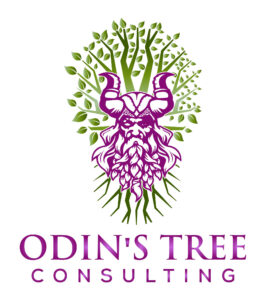Back in the 1980s, HR was commonly referred to as “personnel,” and its role primarily revolved around administrative tasks and enforcing policies. However, today’s HR function has transformed into a strategic partner, playing a crucial role in shaping organizational success.
Gone are the days when HR professionals were seen as mere administrative gatekeepers. Today, they are strategic business partners who contribute to the overall growth and competitiveness of an organization. This shift in perception is a result of several key factors that have reshaped the HR landscape.
First and foremost, the rise of technology has revolutionized the HR function. In the 1980s, personnel departments relied heavily on manual record-keeping systems and paper-based processes. Today, HR professionals leverage cutting-edge software and digital platforms to handle a range of activities, including recruitment, onboarding, performance management, and employee engagement. The automation of these tasks has freed up time for HR professionals to focus on more strategic initiatives.
Moreover, the changing nature of work has necessitated an evolved approach to HR. In the 1980s, the workforce was predominantly comprised of full-time employees working in a traditional office setting. Today, organizations are increasingly embracing flexible work arrangements, such as remote work, gig economy, and contract-based employment. HR professionals now need to navigate the complexities of managing a diverse workforce, balancing the needs of both full-time and non-traditional workers.
Another significant shift is the recognition of the importance of employee engagement and well-being. In the past, personnel departments were primarily concerned with ensuring compliance and enforcing policies. Today, HR professionals understand that happy, motivated, and engaged employees are key to driving organizational success. They focus on creating a positive work culture, fostering employee development, and implementing initiatives that support work-life balance and mental health.
Furthermore, the strategic role of HR is evident in its involvement in talent management and succession planning. Back in the 1980s, personnel departments were primarily focused on recruitment and filling vacancies. Today, HR professionals actively participate in identifying high-potential employees, developing leadership pipelines, and aligning talent strategies with organizational goals. They play a critical role in ensuring a steady supply of skilled and capable employees to meet future business needs.
Lastly, the shift from personnel to HR is also reflected in the changing skill sets and competencies required of HR professionals. Today’s HR leaders need to possess a wide range of skills beyond traditional administrative tasks. They must have a deep understanding of business strategy, analytics, change management, and organizational development. HR professionals now serve as trusted advisors to senior leaders, providing insights and guidance on people-related issues and influencing strategic decision-making.
The field of HR has come a long way since the days of personnel departments in the 1980s. The evolution of HR into a strategic business partner is driven by factors like technological advancements, changing work dynamics, a focus on employee engagement, talent management, and the need for a broader skill set.




